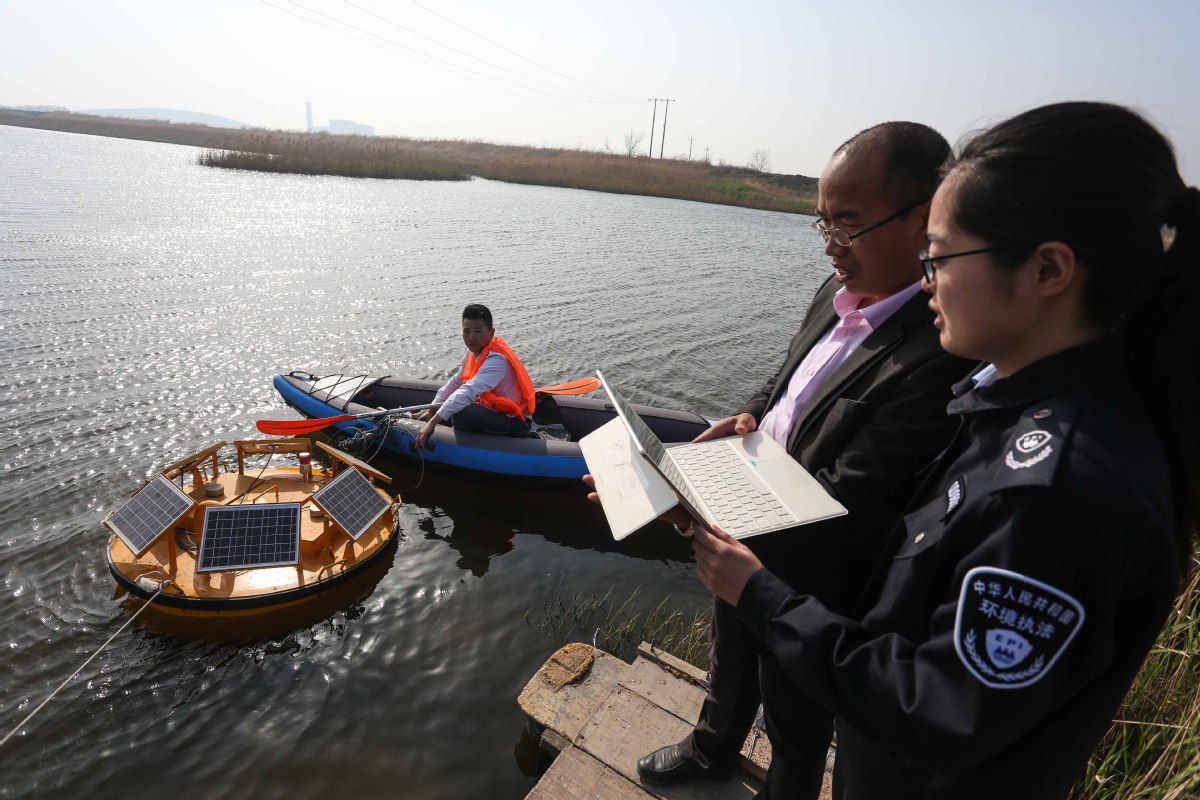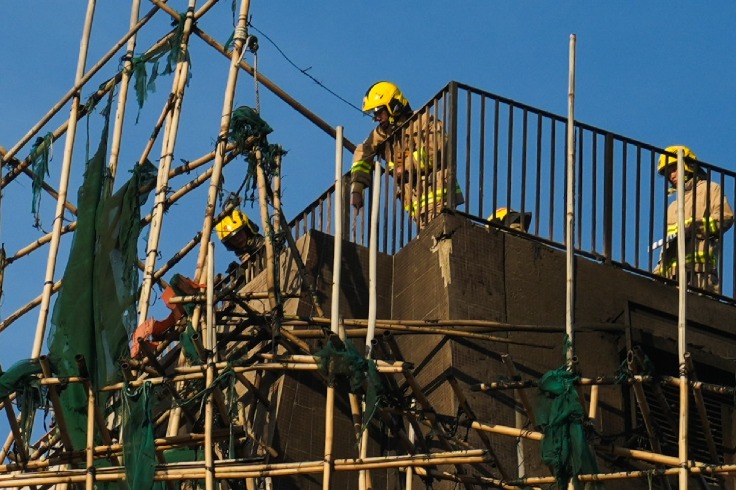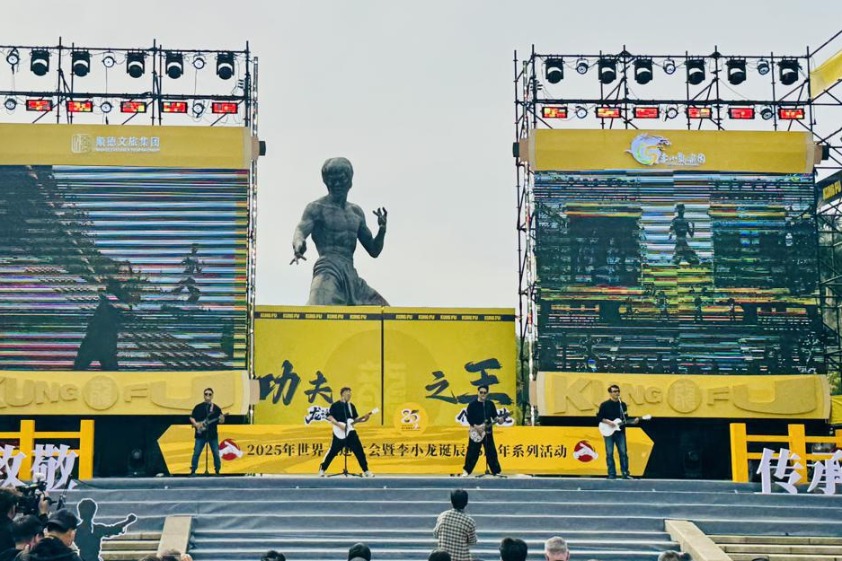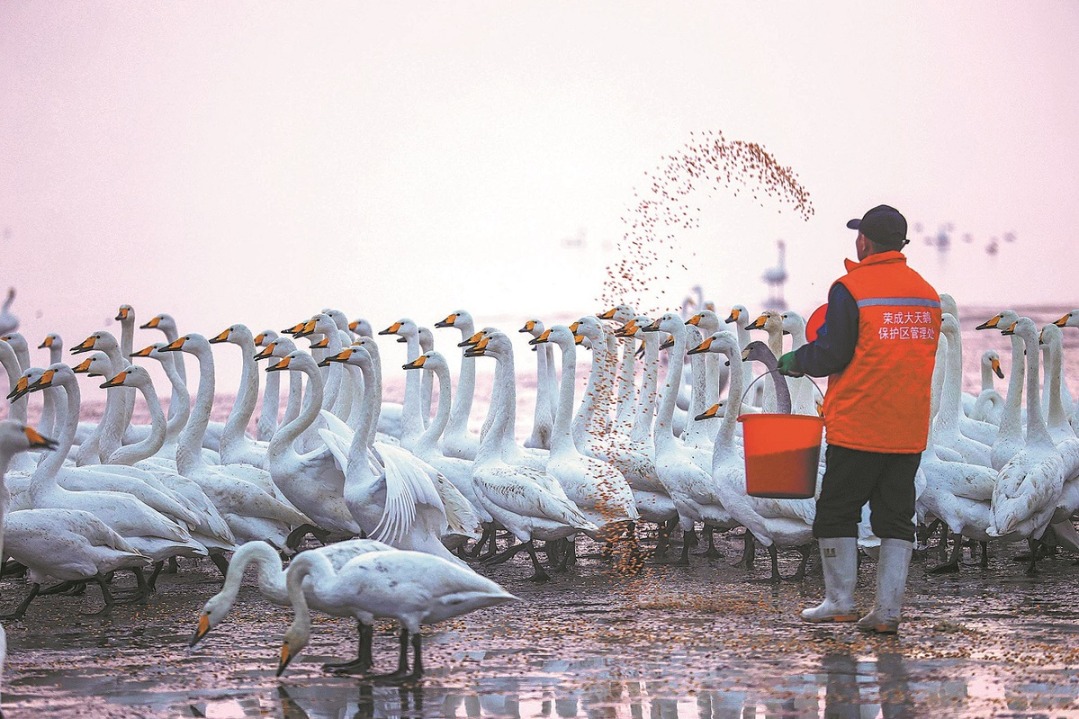Watchdog strengthens monitoring protection


Data is transmitted to the national center's headquarters via a private network, and a separate team is dedicated to analyzing the data for any indications that may suggest falsifications the system has failed to spot.
In addition to comparing data from different stations in the same cities, the team uses satellite remote sensing and big data to search for clues that may indicate fraud, Wang said.
"At the headquarters, any work done in the system (nationwide) is traceable," he said.
Meanwhile, more attention is being paid to the monitoring of PM2.5-particulate matter so small it can enter the smallest airways-a key indicator of air pollution.
On five separate days spread over a year, the center carries out manual sample collections at each of the national-level air monitoring stations to check if their automatic facilities are operating correctly, said Tang Guigang, head of the center's Atmospheric Monitoring Department.
On each occasion, maintenance staff set up three manual sample-collection devices in each of the stations for 23 hours.
Based on weight, the data will only be accepted if they accord with each other.
The data are also compared with that from the automatic monitoring facilities to see if they need to be calibrated, he said.
"The weight of the sample-collection apparatus is recorded and uploaded directly to the system after it has been placed on weighing platforms at the center," Tang said.
Chen Shanrong, head of the center, said the work model has proven its efficiency, noting that the case in Linfen was unearthed after the team found abnormalities in data analysis and passed the evidence to the police.
- Successful election of HKSAR's 8th-term LegCo is of milestone significance: State Council spokesperson
- When the Olympics meets tai chi
- Allan Zeman slams Western media bias in Tai Po fire tragedy
- Retired ornithologist recalls search for last of a species
- 'Oriental gem' makes wetland comeback
- Free entry hoped to spur spending at scenic spots





































